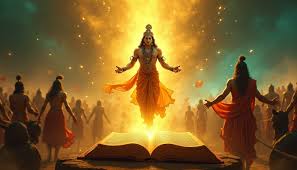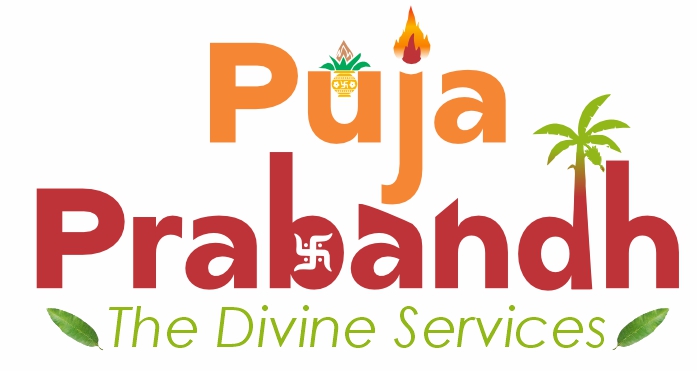
Bhagavad Gita Jayanti celebrates the divine revelation of the Bhagavad Gita by Lord Krishna to Arjuna on the battlefield of Kurukshetra. This sacred occasion marks the day when Lord Krishna, as Arjuna’s charioteer, delivered profound spiritual teachings, guiding Arjuna through his moral dilemmas and inner conflicts. Bhagavad Gita Jayanti is observed on the ekadashi (11th day) of the Shukla Paksha (waxing moon phase) in the Margashira month (November–December), which is considered the day of the Gita’s divine revelation.
On this day, devotees engage in recitation, study, and discussions of the Bhagavad Gita. Temples and households observe special prayers, bhajans, and chanting sessions. It is a day to reflect on the timeless wisdom of the Gita, including teachings about karma (action), dharma (righteousness), and bhakti (devotion).
The puja begins with the worship of Lord Krishna and Lord Vishnu. Devotees clean the place of worship, offer flowers, incense, and fruits. The central focus of the ritual is the recitation of the Bhagavad Gita, with many chanting the entire text or specific chapters such as Chapter 2 (Sankhya Yoga) or Chapter 18 (Moksha Sannyasa Yoga). In some temples, homas or yagnas (fire rituals) are performed to invoke the divine blessings of Lord Krishna.
Bhagavad Gita Jayanti is a day to express devotion, seek guidance for life’s challenges, and deepen one’s spiritual connection. The puja is believed to bring peace, wisdom, and spiritual growth, leading to liberation (moksha).

